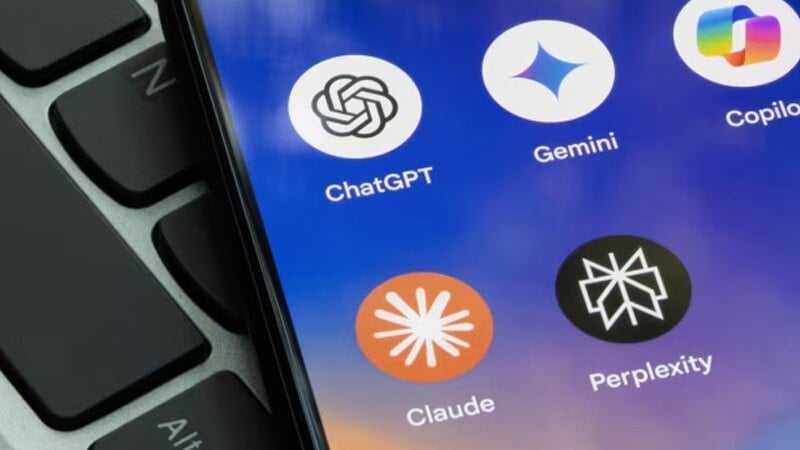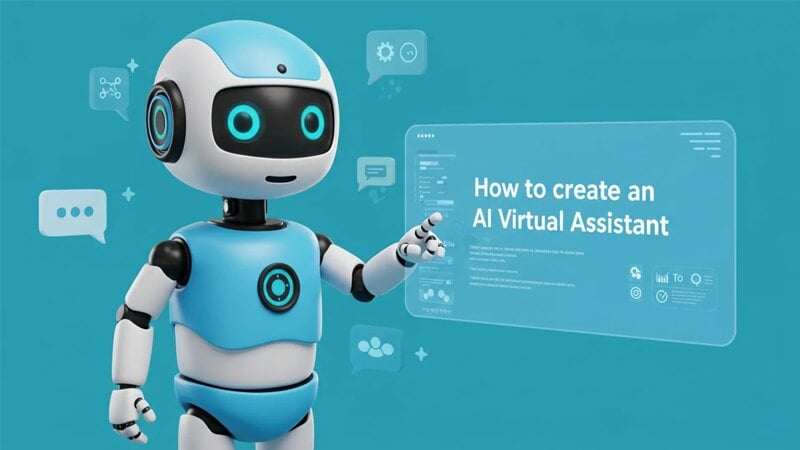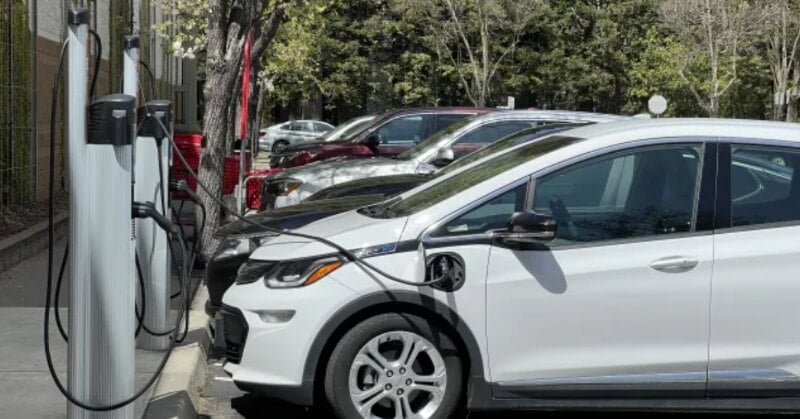What if you could skip ahead to 2050 and see your future face—wrinkles, gray hair, and all? Thanks to AI-powered aging apps, you don’t have to wait decades. Just upload a selfie, press a button, and poof—your future self appears, complete with laugh lines and silver strands.

1. What Exactly Is an AI Aging Simulator?
AI aging simulators are apps that use artificial intelligence to digitally “age” your face. They're the virtual time machines of the selfie generation—turning you from present-day you into a wiser, older version, usually within seconds.
Sometimes they’re scarily accurate. Other times, they turn you into a Hollywood-style elder with perfect cheekbones and silver fox energy. Either way, they’re fun.
These apps rose to fame thanks to viral trends and one very well-known app (looking at you, FaceApp). Suddenly, millions were sharing their 60-year-old selfies on Instagram and TikTok.
They’re used for laughs, curiosity, and in some cases—just to see if you’ll still look cute in retirement.
2. How Do These Apps Work?
Let’s keep this simple. Most AI aging apps work like this:
You upload a selfie.
The app uses face detection to map your facial features.
It applies a set of trained filters using AI models (like GANs—Generative Adversarial Networks).
Your image is transformed into an older (or sometimes younger) version.
There’s no fortune-telling here. The results aren’t predictions. The AI is essentially blending your face with thousands of data points and generating something plausible—like a face-shaped suggestion.
No technical know-how is needed. Just smile (or not), upload, and enjoy the transformation. Many apps even let you reverse age, generate baby faces, or add fun touches like glasses, gray hair, or wrinkles.
3. Top Face-Aging Apps You Can Try Today
Ready to see your future self? Here are some of the most popular apps that specialize in digital aging:
FaceApp
Arguably the most famous of them all. FaceApp gained explosive popularity for its realistic aging feature—and for making it scarily fun.
Key features:
Realistic aging filter (old/young)
Gender swap, beard addition, smile enhancer
Makeup, hair color, and style filters
Available on iOS, Android, and browser
FaceApp’s aging simulation stands out for one reason: it actually looks convincing. And with the Pro version, you unlock even more editing tools and remove the watermark.
Oldify
Oldify is more playful than realistic. It turns your selfie into an older version of yourself—with added extras like animations and funny voice recordings.
What makes it fun:
Lets you animate your old face
Simulate coughing, sneezing, or talking like an old man/woman
Great for jokes and party moments
It’s available on iOS and has a goofy, cartoonish style that works well for laughs.
AgingBooth
A throwback favorite, AgingBooth keeps things simple. You upload a photo, and it applies an aging filter. No internet required. No AI either—but it's still fun.
Why people like it:
Fast and lightweight
Easy to use offline
Great for comparing "before and after" shots
Perfect if you're on the go and just want to age yourself without installing complex tools.
BabyMaker & Youngify
Want to flip the timeline and see yourself as a child or baby? These apps reverse the process.
What you can do:
Turn your face into a baby version
See what your future child might look like (some apps allow two-person inputs)
Experiment with filters that simulate youth or “babyfied” faces
It’s not exactly biology—but it’s still wildly entertaining.
App Feature Comparison Table
| App Name | Key Feature | Aging Filter | Baby/Youth Mode |
|---|---|---|---|
| FaceApp | AI aging, styling, editing | ✅ | ✅ |
| Oldify | Aging + voice simulation | ✅ | ❌ |
| AgingBooth | Offline aging filter | ✅ | ❌ |
| BabyMaker | Predict your baby’s face | ❌ | ✅ |
| Youngify | Reverse-aging tool | ✅ (some) | ✅ |
4. Why Are These Apps So Much Fun?
Let’s be real: the fun isn’t in the accuracy—it’s in the reaction.
Here’s what makes these apps addictive:
Shock value: Seeing yourself as an 80-year-old is funny, weird, and fascinating all at once.
Sharability: Perfect for Instagram stories, TikTok challenges, or sending to your group chat with “2050 squad goals.”
Low effort, high reward: One tap and you’re aged 30+ years.
Group laughs: Try it with friends or partners—compare results and argue over who aged better.
Plus, there’s something kind of freeing about seeing yourself old. It takes the fear out of aging… or at least turns it into content.
5. Tips for Getting the Best Results
Want your AI-aged face to look its very best (or worst)? Try these quick tips:
Use a high-quality photo: Clear lighting and a straight-on face help the app do its job.
Avoid sunglasses or hats: These confuse the AI and can lead to weird distortions.
Try different expressions: Smiling, frowning, and neutral faces all produce different results.
Screenshot it fast: Some apps don't save the image by default—don’t miss your future face!
Also: experiment with other filters! Add glasses, beards, or retro hairstyles to customize your aged version.
6. Should You Believe the Results?
Short answer: No.
Longer answer: Definitely not.
These apps aren’t meant to predict your real future—they’re creative estimations built from pattern recognition and style transfer. They don’t know your genetics, lifestyle, diet, or future haircut decisions.
So while your aged selfie might look awesome (or horrifying), take it with a grain of digital salt.
Use it for fun, not for planning your retirement wardrobe.
7.Conclusion: Just for Laughs
AI aging simulators aren’t fortune-tellers—they’re filter-powered fantasy machines. But they offer something most apps don’t: the chance to imagine, to laugh, and maybe to embrace the future with a little more curiosity.
Whether you want to prank your friends, post your “2050 glow-up,” or see what Grandpa You looks like, these tools are a quick hit of fun in a serious world.
And who knows—maybe 30 years from now, you’ll look back and think,
“Wow, that app kind of got it right.”
 Unsold Electric Cars For Seniors Now Almost Given Away: View Prices
Unsold Electric Cars For Seniors Now Almost Given Away: View Prices Looking For Free Dental Implants? Check Out These Top Programs For Seniors
Looking For Free Dental Implants? Check Out These Top Programs For Seniors Discover Affordable Senior Apartments Near You
Discover Affordable Senior Apartments Near You Empower Yourself With These HIV Treatment Choices
Empower Yourself With These HIV Treatment Choices Do You Know These Signs of Atopic Dermatitis
Do You Know These Signs of Atopic Dermatitis How to Choose Reliable Dating Apps for Meaningful Connections
How to Choose Reliable Dating Apps for Meaningful Connections










